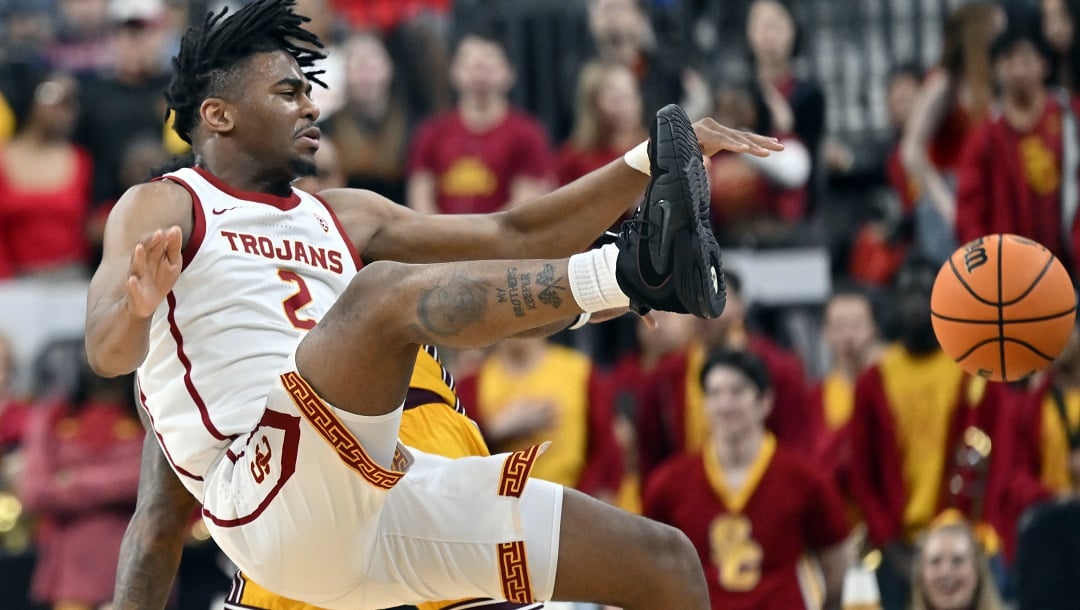Welcome to the college basketball offseason. If you're new here, this is where we all collectively spend far too much time thinking about the perils and pitfalls of our beloved game.'
Normally, I write about college basketball odds. But every once in a while, I like to step back and consider the wider trends of our fair game.'
Over the last decade, it can sometimes feel like flopping has become an absolute menace at both the collegiate and professional levels of basketball. Strategic foul collection has gone from an occasional annoyance to an omnipresent plague upon the sport.'
In college, less-talented teams strategize around how to remove a dominant opposing player from the court with clever parlor tricks. In the NBA, professionals have been working on new ways to fake fouls with the tenacity of researching doctors looking for a cancer cure.
the cultural height of the flop era. https://t.co/X3YEcNZqYh
– Chase Kiddy (@chaseakiddy) May 8, 2023
Everyone seems to know this is a problem. So what are we going to do about it?
Flopping Meaning
If you're looking for the dictionary definition of what is flopping in college basketball, I've got that at the ready.'
Flopping is “an unsporting act that occurs when a player attempts to influence an official’s judgment by creating an appearance that a foul has been committed when there has been incidental or no contact.”
To really drive the point home, I'll let Dillon Brooks take it from here:
College Basketball Flopping'
Flopping increasingly happens at all levels of the sport. But it's a particularly difficult problem in college basketball, where players are only allowed five fouls. And unlike the NBA, technical fouls also count as personal fouls at the college level.
If you've watched a lot of college hoops, then you know that one timely flop can sideline a key player for 10 or 15 minutes of game time. That fundamentally changes the nature of a specific game.'

